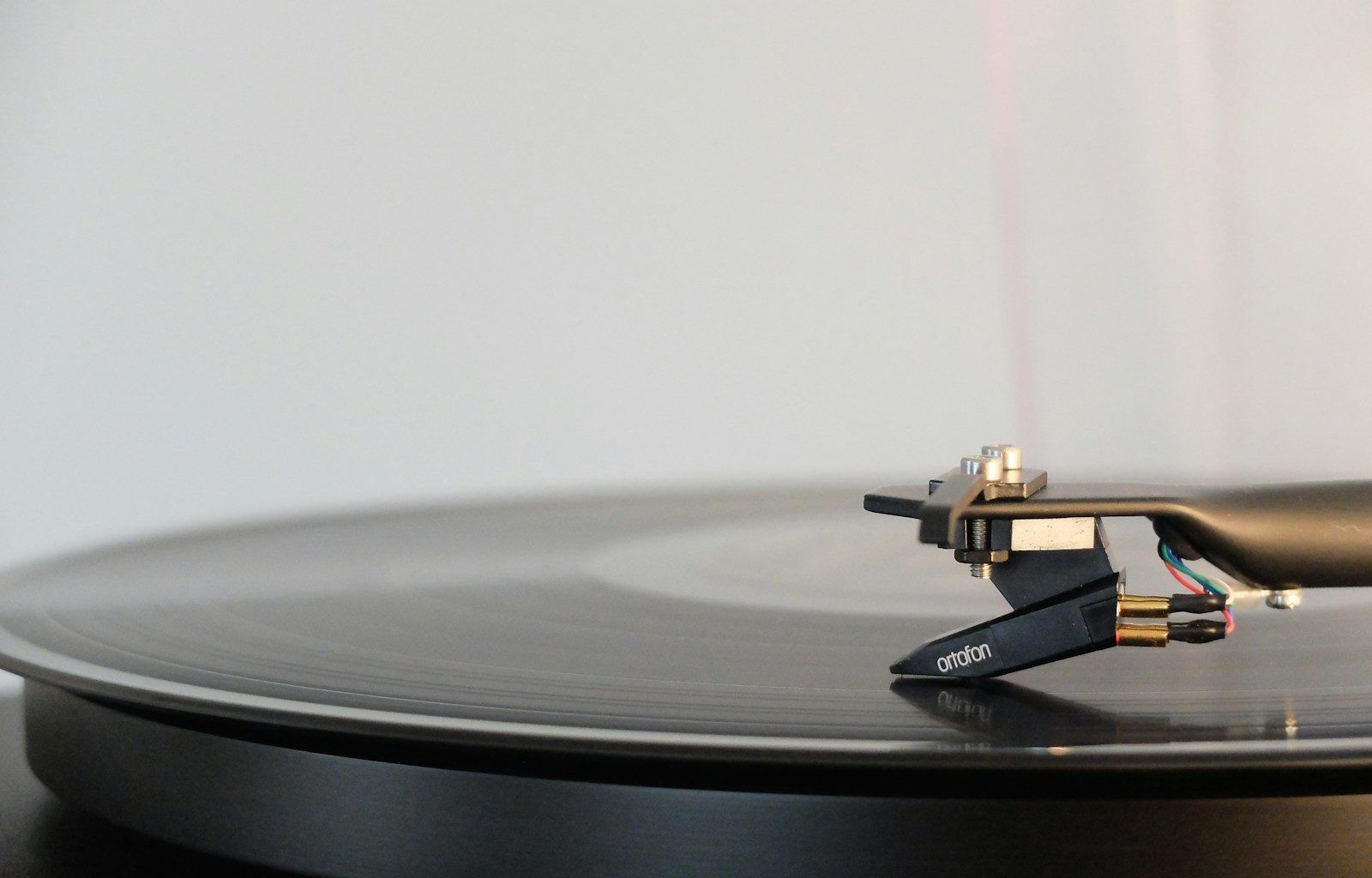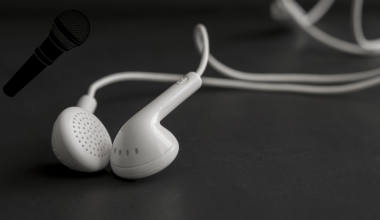The air music industry is a term that’s gaining momentum as technology continues to reshape how we create, share, and experience music. It’s not just about digital platforms or wireless audio—it’s a blend of innovation, accessibility, and creativity. So, let’s take a closer look at what makes the air music industry such a fascinating topic.
What Is the Air Music Industry?
Before diving deep, let’s define it. The air music industry refers to the ecosystem of music services and technologies that leverage wireless connectivity, streaming platforms, and modern audio devices to bring music to listeners with unprecedented ease. Imagine playing your favorite songs in your living room while your friend streams a concert across the globe. This seamless, interconnected experience is what the air music industry aims to deliver.
The Growth of Wireless Audio
Wireless audio devices have transformed the way we listen to music. Bluetooth speakers, headphones, and even hearing aids now provide crystal-clear sound without the hassle of tangled wires. This advancement has created opportunities for the air music industry to flourish. Companies like Bose, Sony, and Apple have embraced this shift, releasing products that make music more portable and accessible.
In addition, the rise of smart home systems such as Amazon Echo and Google Nest has contributed to the industry’s growth. These devices enable users to access millions of songs with just a voice command, making music a more integral part of daily life.
Streaming Platforms: The Heart of the Industry
When discussing the air music industry, we cannot overlook the role of streaming platforms. Services like Spotify, Apple Music, and YouTube Music dominate how people consume music today. Unlike physical albums or even MP3 downloads, streaming platforms allow users to access vast libraries of music on demand.
What makes these platforms particularly exciting is their ability to cater to individual tastes. Advanced algorithms suggest songs based on your listening history, ensuring that your experience is both personal and enjoyable. This tailored approach keeps listeners engaged and invested in music like never before.
Live Music in the Digital Age
The air music industry doesn’t stop at recorded tracks. Live music is also becoming more accessible through streaming. Virtual concerts and live performances on platforms like Twitch and YouTube have opened new avenues for artists and fans alike. During the pandemic, these digital events were a lifeline for the music industry, proving that the air music industry can adapt to changing times.
Moreover, artists can now connect with their audiences directly through social media and live streams. This direct interaction builds stronger fan relationships and offers a more personal touch that traditional concerts might lack.
How Technology Drives Creativity
Advancements in technology aren’t just benefiting listeners; they’re also empowering creators. Digital audio workstations (DAWs) and cloud-based tools allow musicians to produce high-quality tracks from anywhere in the world. Collaboration has never been easier, thanks to file-sharing platforms and real-time editing tools.
These innovations have democratized music production, giving independent artists the chance to compete with big labels. The air music industry thrives on this inclusivity, breaking down barriers that once limited who could participate in the music world.
Challenges Facing the Air Music Industry
While the air music industry is brimming with opportunities, it’s not without challenges. For one, the shift to digital music has raised concerns about artist compensation. Streaming platforms pay artists per stream, but many argue that these payments are insufficient.
Another challenge lies in data privacy. As streaming services collect vast amounts of user data, questions arise about how this information is used and protected. Listeners want personalized experiences, but not at the cost of their privacy.
Finally, there’s the issue of competition. With so many platforms and devices vying for attention, it can be overwhelming for consumers to choose. This saturation can lead to decision fatigue, potentially discouraging engagement.
The Future of the Air Music Industry
Looking ahead, the air music industry shows no signs of slowing down. Innovations like 3D audio and augmented reality concerts are just the beginning. Imagine attending a live performance through a virtual reality headset or experiencing sound that adapts to your environment in real-time. These advancements promise to make music even more immersive.
Moreover, sustainability is becoming a key focus. As the industry grows, so does its environmental footprint. Companies are exploring ways to produce devices and stream content more sustainably, ensuring that music’s evolution doesn’t come at the planet’s expense.
Conclusion
The air music industry is more than a trend; it’s a revolution in how we interact with sound. From wireless audio to personalized streaming and virtual concerts, this industry is reshaping the music landscape in ways that were unimaginable just a decade ago. As technology continues to evolve, so too will the ways we create, share, and enjoy music.
Whether you’re an artist, a listener, or somewhere in between, the air music industry offers something for everyone. Its blend of accessibility, creativity, and innovation ensures that music will remain a universal language for generations to come.
Related Articles:
For further reading, explore these related articles:
- How to Cancel SoundCloud Go: A Step-by-Step Guide
- Apple Music Stats Tracker: Why You Need One and How to Get Started
For additional resources on music marketing and distribution, visit DMT Records Private Limited.






